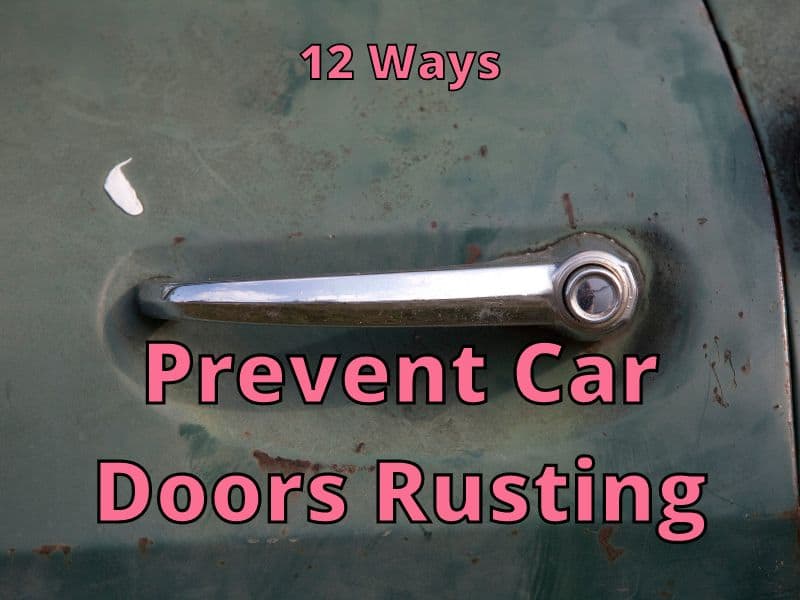Purchasing a vehicle is a major investment for a lot of people. We want to protect our investment by keeping our vehicle running smoothly and looking good. Rust can be like an infection on the body of our vehicle in places such as the doors. What is rust, and how can we prevent it? Let’s roll up our sleeves and find out.
Here are one dozen ways to help prevent car doors from rusting:
- Consider Climate and Weather
- Keep Vehicle Clean and Dry
- Remove Door Drain Plugs and Clean
- Clean Off any Substances Quickly
- Store Out of the Elements
- Install Mud Flaps
- Watch Where You’re Going
- Repair Damage Right Away
- Keep Your Car Polished
- Use Rust Prevention Spray
- Do Thorough Winter Cleaning
- Inspect for Scratches and Bubbles in the Paint
This is a guide to a better understanding of rust and what it means to vehicles. Educating yourself on rust will help you in preventing it.
Rust Problems and Prevention
What is rust, anyway? You may be wondering what exactly rust is and what causes it. We do know that it is unsightly and potentially an expensive problem to have on your hands (or on your car doors.)
That ugly growth on your car door could cost you more than your peace of mind if you don’t properly address it in a timely manner. But, for now, let’s just think in terms of prevention, assuming you do not have any current rust issues that you are dealing with.
Technically rust is a reaction that happens called oxidation. Oxidation occurs when water meets metal. Water can come from nature in the form of ice, snow, rain, or even air moisture called humidity. It can even come from living near the ocean and having constant misty breezes blowing over your vehicle.
Rust-causing water can come from things outside of the weather, too. Rust is a naturally occurring reaction. Fortunately, there are plenty of simple things that you can do to prevent rust from forming on your vehicle.
Frequent inspection of your vehicle will help your stay ahead of tons of issues. You don’t have to get out the magnifying glass and get down on your hands and knees every single day. But if you are familiar with the condition of your car, you should know where to watch for rust.
12 Ways to Prevent Car Doors From Rusting
Though rust is a naturally occurring reaction, it won’t happen to your vehicle if you take care of it properly. Part of vehicle maintenance and care includes understanding what the environment can do to your car.
1. Consider the Climate and Weather

The weather in your area may not have much of an effect if conditions are typically mild. Not many places in the world get weather that is mild all of the time, so we should take into account the following. Climate can have a major effect on the condition of the metal.
- Humidity– Rust is created from water and metal mixing. Humidity is water, also known as moisture in the air. Not all regions of the world have problems with humidity, while others have high humidity levels throughout the year.
- Salty air– Living by the sea can be wonderful with the calming of the water and wildlife. But, if you live near a large body of saltwater like the ocean, you will definitely notice how destructive saltwater can be. Washing your vehicle 3-4 times per month is suggested for rust prevention in life by the sea.
- Snow and salt– It is no secret that winter is harsh on every aspect of life. When temperatures drop, some cars get stored for the next few months. Car owners cringe at the idea of salt getting all over their cars and wheels. Plus, some cars simply are not good in the winter.
When your neighborhood starts sprinkling salt or sprays brine on the roads, you will notice a film forming on your car. This is a warning. Every minute that salt/brine sits on your paint, it is eating away at the top coat and paint, headed to spread rust to your car doors and entire vehicle.
It is a challenge to wash your car in the winter, but you must! At least once a week.
- Sand– Small rough particles that fly through the air like sand can be very abrasive on vehicle paint. Over time, sand can literally wear away the paint, exposing the bare metal underneath. When the metal body is exposed, rust can set in at any time.
- Bird droppings– Birds are lovely, but they can wreak absolute havoc on our vehicles. Bird droppings can stain paint, and eat through paint, if not washed off. We have all made the mistake of parking under a tree and regretting it in the morning.
Most of these issues can be kept at bay by keeping up with washing/detailing your vehicle.
2. Keep Your Car Doors Clean and Dry
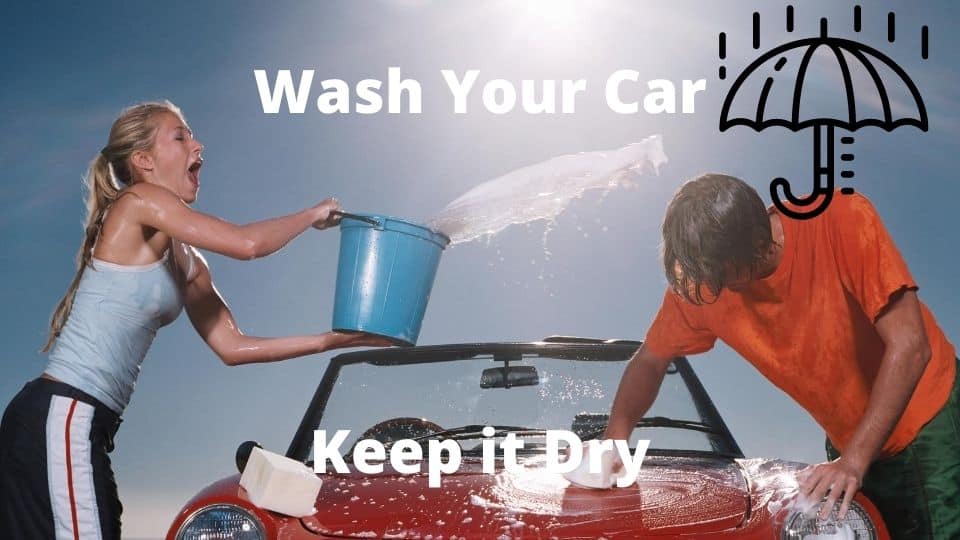
Without a doubt, one of the best ways to prevent car doors from rusting is to keep your vehicle clean. Washing your vehicle is a way you can show respect for your belongings and ensure it stays looking nice for a long time.
Whether you are hand washing it in your home driveway with a bucket and a hose or you take it to your favorite local car wash, you are helping to prevent door rust. There are pros and cons of both home washing and taking it to a car wash.
- With home washing: You have the obvious benefits of the comforts of home, and it is often more cost-efficient to wash at home vs. dropping $10 (or more) each time.
- At a car wash: Your session is on a timer, and that timer is constantly ticking down the seconds to when you will have to feed it more money. But their commercial equipment is often more powerful and effective than home sprayers and tools.
Either way, lean in close and put some elbow grease into it. The lower half of a vehicle’s door is typically the first place rust begins to show up. Pay some extra attention to that area when you are cleaning and applying a clear coat protectant.
You have paid plenty of attention to the parts of the vehicle that you can see, but what about the parts that are not visible from a standing position? Don’t forget to spray down the undercarriage and wipe down all the spots you didn’t think of before. Road dirt and other debris can get under there and start to form rust.
Keep It Dry!
Rust forms when metal, water, and air get together. Therefore, it is in your best interest to keep your vehicle as dry (and clean) as possible. After you wash it, thoroughly dry it with clean, soft towels.
After it rains, it is wise to get out there and towel dry your vehicle. Rain may be essentially clean water, but it can be damaging to your paint and underlying metal body. You don’t have to go crazy trying to keep every single drop of liquid off of your vehicle, but just understand that if left, it can be harmful to your cause of rust prevention.
Another way that we can keep it dry is after a good wash or a healthy rain check the door drain plugs. See the next section for details.
3. Clean Your Door Plugs
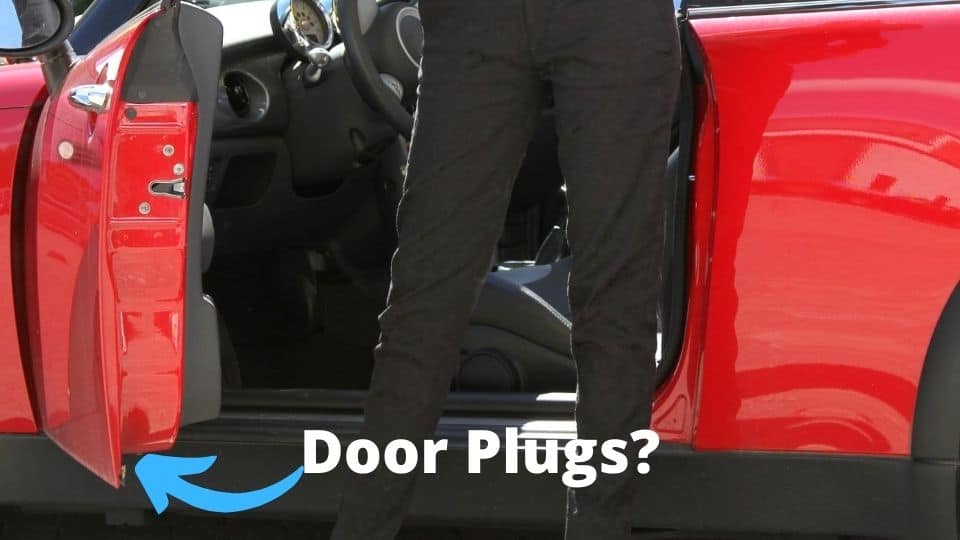
Some of you might be saying, “door plugs?” while others may be saying, “oh yeah!” These are not found on every vehicle, so don’t go crazy looking for them. But, when your door does have a plug, it will be on the bottom of an open door.
Otherwise known as a drain hole, there are holes with plugs in them to drain out water. Dirt and debris do get stuck in there, clogging the drains. When the drains are clogged, water cannot come out.
Also found around bumpers or near the trunk lid, drain plugs are usually round black plastic plugs that should easily slip in and out. See the owner’s manual for the exact location and instructions.
When water is stuck in metal areas such as your car doors, and it just sits there, over time, it will cause your vehicle doors to rust. We may not even know about these drains, so how would we know the problems they can cause us? Tell a friend what you just learned!
4. Clean Off Any Substances Quickly
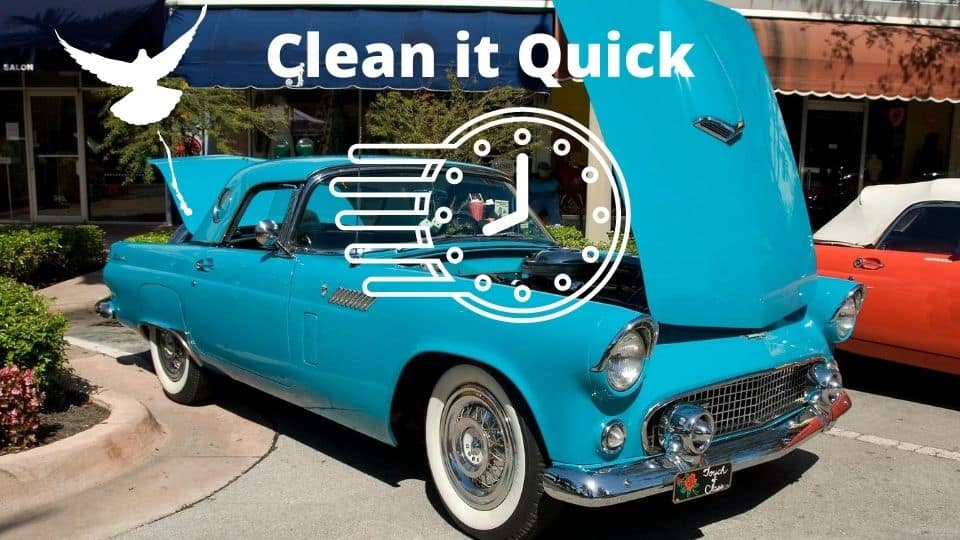
Washing your vehicle regularly is a great way to wash away all the elements that you can (and cannot) see that could possibly eat through your clear coat and create rust.
Cleaning your vehicle may be something that you do as a weekly routine while never stopping to think about what you are washing away. Random things like bird droppings could be very damaging if not washed off.
It is mostly acidic liquids and such that you have to watch out for. Acidic liquids can eat through the top coat and paint, resulting in rust. The rust won’t happen overnight, but it may seem to come out of nowhere if you do not pay attention.
Do you live in an area where it snows in the winter months? Then you should know all about the salt that is sprinkled or the brine that is sprayed on the roads to prevent ice from forming. These salty things are good for keeping the roads clear, but they are not good at all for your clear coat, paint job, or undercarriage of your vehicle.
Salt and brine are the enemies of your vehicle, although they can be your best friend. Even if the forecast says there is more ice/snow in the near future, it is never a waste of effort to at least give your car a quick rinse to get the salt/brine off.
Act Fast
Should there ever be a spill on your car, such as coffee or soda, or something non-edible such as a harsh chemical or cleaning product, wash it off immediately. If you can’t do a full wash right away, at least wash the area that was affected by the spill.
One more big thing to look out for is gasoline drips near your gas tank. We can be as careful as possible, but accidents do happen, and you don’t want to let gasoline sit on your paint.
5. Store Your Vehicle Out of the Elements
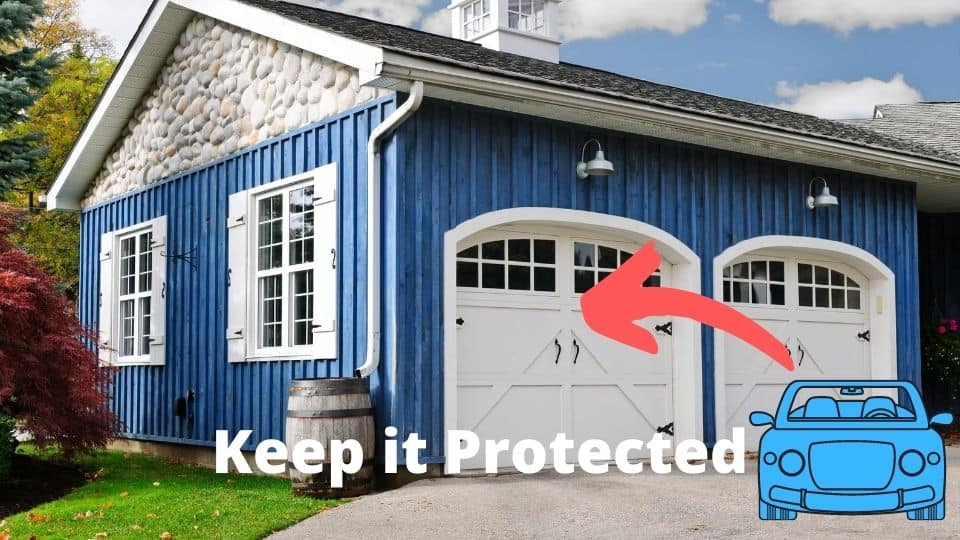
Do you have access to a garage? Storing your vehicle in a garage when you are not using it is a great way to keep it safe from the elements. Weather, nature, neighborhood kids.
Most of us use our garage for storage, and we are not talking about storage for the vehicle. Clean out the clutter and make room for something that matters more than holiday wrapping paper. A vehicle is a major investment in most people’s lives. Do what you can to protect your investment.
If you do not have a garage or have access to one, you could look into the portable car shelter tents that are on the market. They typically cost a few hundred dollars and are sold in kits that you can assemble in the outdoor garage yourself.
Some residences do not have a yard or an outdoor area to put up a shelter for their vehicle. In these cases, vehicles should be parked in the shade, but not under a tree that drops leaves/sap/flowers, and especially not one that is inhabited by birds that tend to have excessive droppings, when at all possible.
If you have the choice, park your vehicle in the best parking spot available. This will not only decrease the probability of you having to wash it more often but will also keep it away from possible rust producers. You may also consider investing in a car cover for use during the harshest weather conditions.
You may be storing vehicles that you are not using on a regular basis. Vehicles that are in long-term storage should be checked on, if possible.
6. Install Mud Flaps
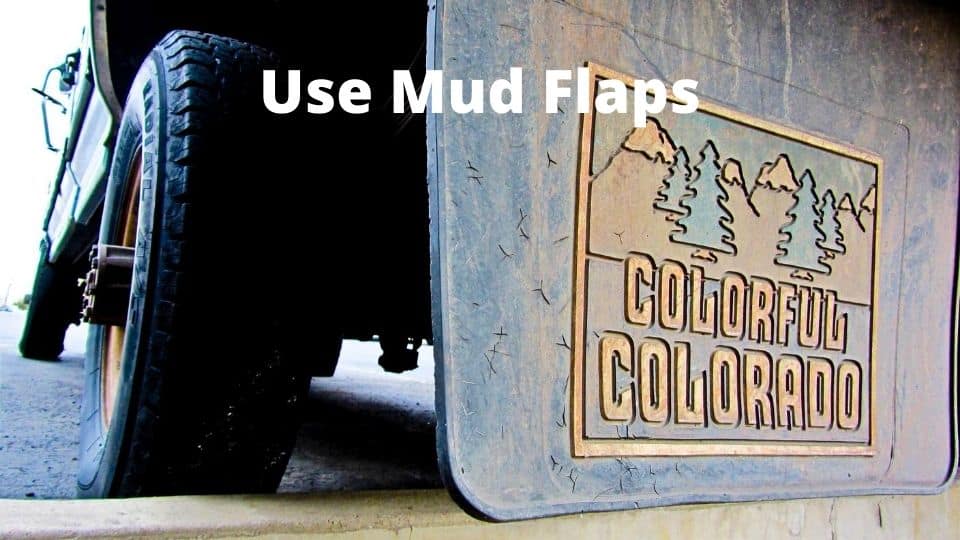
While driving, tires do get debris stuck in between the tread, whether we are cautious or not. This debris can be things like rocks or dirt or any little thing that is on the road. This debris can be picked up from the road and thrown up at your vehicle from the front tires.
Though they may not be the coolest accessory that you could possibly add to your vehicle, installing mud flaps on your wheel wells will be worth it. Check with your dealership to see if they sell them before you go to the store.
A set of mud flaps can be plain or personalized with patterns, sports teams, or your vehicle brand logo. Installation can be a DIY project if you are into it. If you are not into it, it should be a quick and affordable job done by a professional mechanic.
7. Watch Where You’re Going!
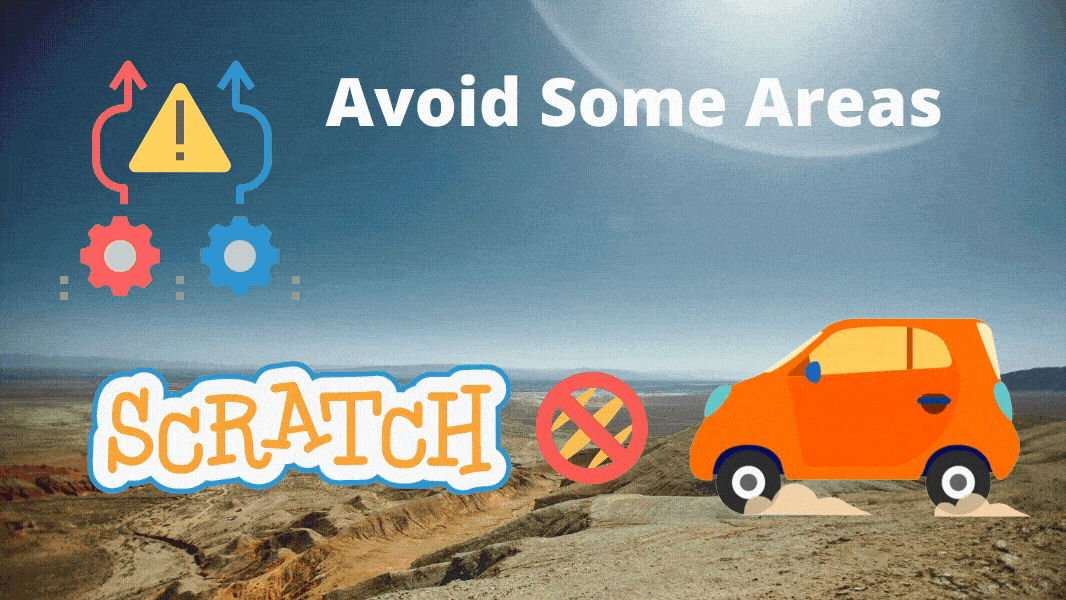
Coming to a fork in the road, and you don’t know which path to take? Well, if you are concerned about keeping your vehicle in a certain condition, it is suggested to take the smoother road.
Driving through bumpy, muddy, dusty, or sandy roads may not be avoidable in some cases. But, if you have a choice, driving on smooth and clear roads minimizes the chances of debris flying up and nicking your paint. We know that scratches can lead to rust, right?
Likewise, watching the road for puddles of sticky liquids that could splash up. Keep your vehicle as dry as possible when focusing on rust prevention. Moisture and metal can breed rust.
Driving past construction sites can invite all kinds of hazards for a vehicle, including flat tires from screws and other hardware on the ground and dangerous obstacles/debris hitting and scratching your vehicle. Avoid construction when you have the option.
8. Repair Damage Right Away
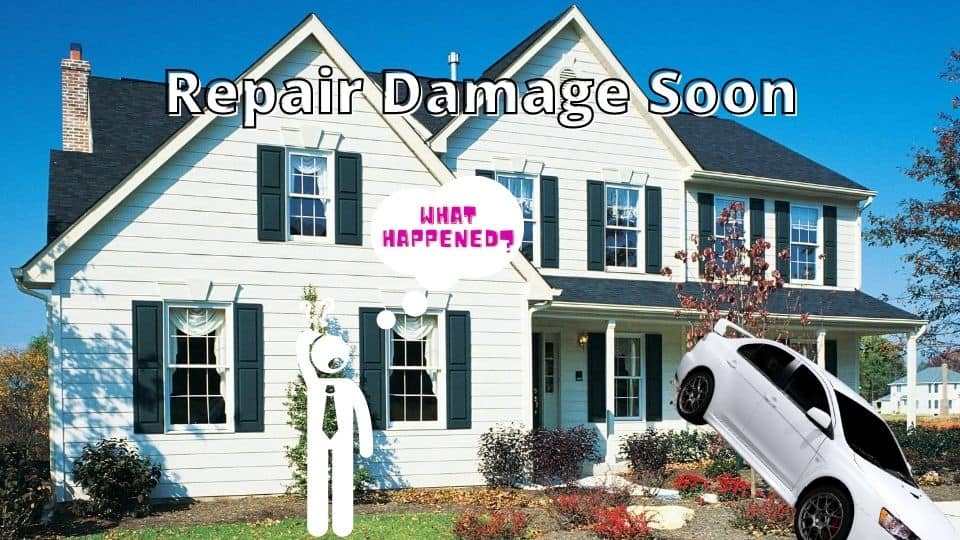
Did you know that small nicks and dents can potentially lead to bigger problems down the road? Problems like paint chipping and rust formation can happen.
Little scratches from putting your key in the door or from your jewelry may not seem like a big deal at the time. But, if scratches are left untreated, they can allow rain and other elements to slowly get under the clear coat and paint, where rust begins.
When damage is greater than a tiny scratch, say from a car accident or powerful hit to your vehicle, it can result in immediate damage and also future damage. Immediate damage is usually obvious and can be further diagnosed by a certified auto mechanic.
Future damage is what happens when you do not get the necessary repairs fixed. If there is crinkled or damaged metal from the accident, you expose your vehicle to the risk of getting rusty quite quickly. Leaving bare metal open to the elements is an invitation for rust to attack.
Get the repairs done as soon as possible to prevent rust from setting in. You will be happier when you do, and your vehicle will, too.
9. Keep Your Car Polished
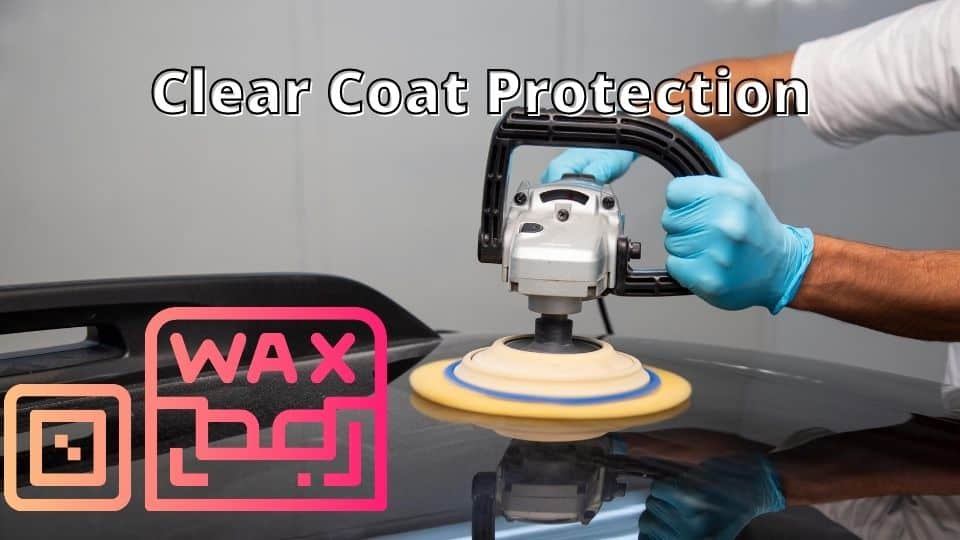
Not every vehicle is created equal; therefore, not every detail of maintenance will be the same for car owners wishing to prevent rust. When vehicles are manufactured, they are painted and finished with a thick, durable glossy clear coat finish to keep them looking shiny and to protect the paint underneath.
But the general rule is to wash the vehicle regularly, using high-quality products. Search for the best clear coat protectant/shine product that you can find. Applying a protective finish will serve as a good defense against the elements and prevent rust spots from starting.
If it makes you feel more comfortable with the task, consult your dealership and ask them what line of products they recommend for your vehicle. There may be something special that works better for your clear coat and paint.
If you are not able to wash, dry, and shine your vehicle regularly, you may want to look into hiring a professional. Drop it off at least once a month. More often than that, depending on the amount of use, weather, budget, and personal preference. Be sure to specify what you are looking for. If you are concerned with rust prevention, there are certain things they can do and products they will use to get the job done properly.
10. Use Rust Prevention Spray
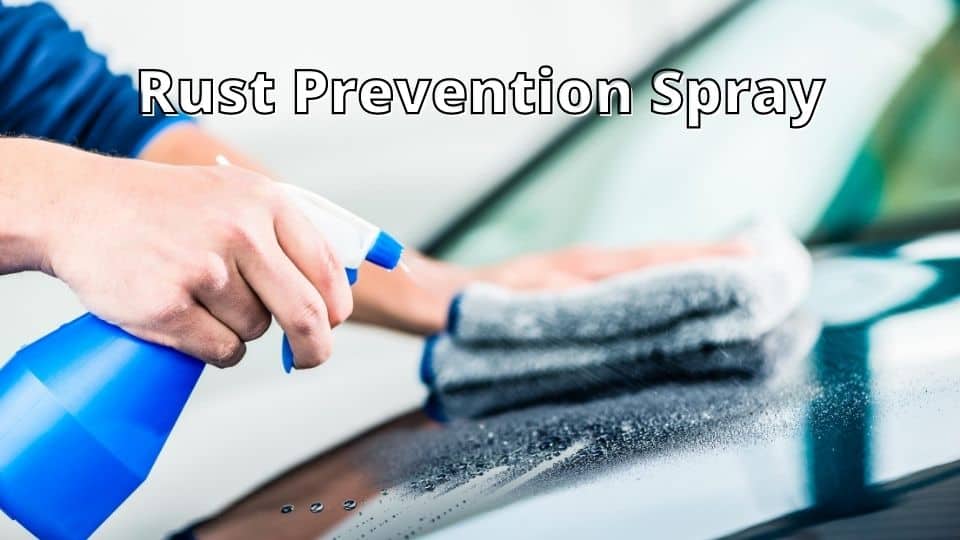
Using a clear coat protectant at the end of a wash is usually enough, especially for newer cars. Did you know that if you are buying a brand-new car, you can order it with an extra rust protectant?
But, in extreme weather cases or for older vehicles, you can take it a step further and apply a special rust prevention product, typically a spray. This product can be used if you have seen rust forming or if you just want to get a few steps ahead of it.
Rust prevention sprays are an investment that you will not regret purchasing. They are very affordable and prevent costly jobs like rust removal and repair. If you have to have a vehicle panel (like a door) repainted by a professional, it can get extremely expensive.
For the DIY cleaners out there, these sprays can be found in any auto parts store. Just ask the clerk to point you toward the rust prevention spray for the vehicle body. For those that hire a car detailing service, ask if they offer a rust prevention spray add-on.
11. Do Thorough Winter Cleaning
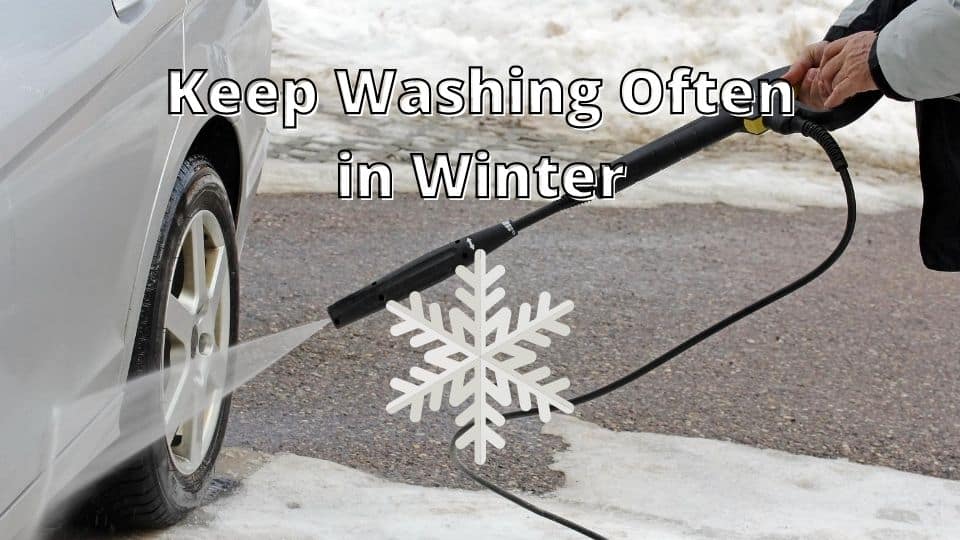
Most areas experience cold weather and the threat of winter precipitation. And it comes around every single year. Arm yourself with the knowledge of what winter means to vehicles and vehicle care.
To prevent winter damage and stress on your vehicle, it helps to understand what the elements can do.
Winter brings weather conditions such as ice and snow. Driving in these conditions can be dangerous. Luckily, most states have fleets of trucks that are sent out to treat the roads we drive on so that we can still get around town.
The downfall of the treated roads is what they are treated with. Typically trucks sprinkle salt or spray brine (a liquid salt compound). Either of these can be very damaging to our vehicles. They eat away at the paint and metal on a car.
Extra washing is encouraged to keep the salt from sitting on your car and doing tons of damage. The longer that salt sits on your car, the more damage it will do in the long run. Don’t neglect the undercarriage of your vehicle. Get under there and spray it down.
12. Inspect For Scratches and Bubbles In the Paint
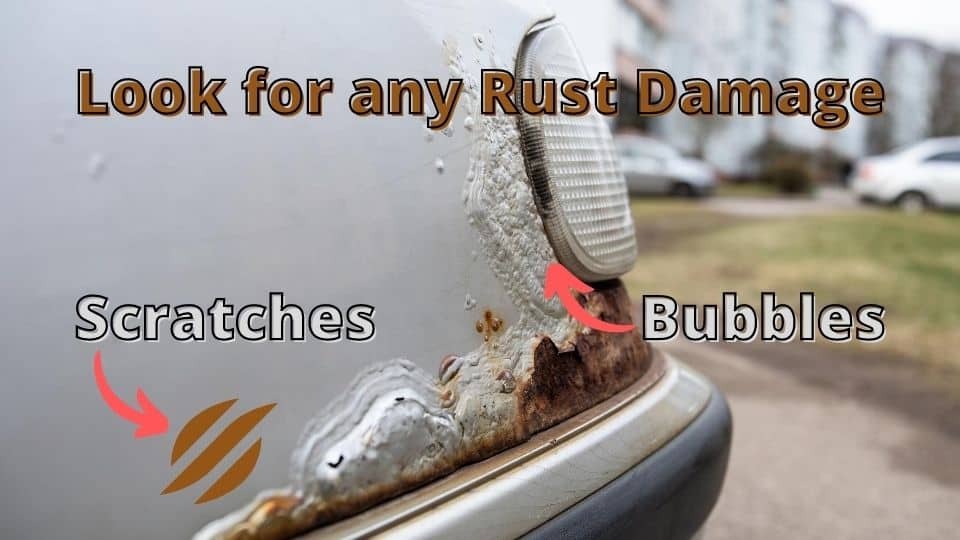
Oh, those pesky little bubbles! We visually inspect our vehicles for scratches and dents all of the time. Another thing we should be on the lookout for is patches of bubbles. Or even a single bubble in the paint.
Bubbles mean that something is going on under the surface. The fact that we have a signal like bubbles to let us know about the underlying issue is good. At least we know about possible rust before we have big patches forming.
If you can access the backside of the panel that has the bubbles on it, get in there and do a thorough inspection. Use a flashlight and take pictures if you can.
Moving forward will depend if you find rust and if you are going to do the work yourself or hire a pro. If you are not sure, it cannot hurt to get a second opinion. Take it to a professional and just ask what they recommend for your problem.
How to Remove Door Rust?
We do all we can to prevent rust from forming on our vehicles. If you do happen to spot a bit of unfortunate rust, you will want to act as quickly as you can before the little spot turns into a large one. There are several DIY solutions for rust removal. That rust isn’t going to remove itself, so let’s get to it.
Fortunately, if you are just catching your first sighting of rust, chances are it is probably just surface rust. Lucky for you, surface rust is a far less serious problem than rust that has had time to eat through the metal causing unsightly holes in your car door.
DIY rust removal products are sold in a few different styles. Most places sell it as a kit since you will often need more than just a product to get the job done properly. You may find pump sprays, aerosols, gels, pastes, or powders for removing rust from cars.
You should follow the instructions on your kit. You may also need sandpaper, primer, and touch-up paint. Always start with a clean and dry surface, so give it a thorough wash down.
If you are not feeling confident or comfortable with this project, you are not alone. Most people would not take this job by themselves. Hiring a professional auto body work specialist is the best way forward before the rust spreads.

